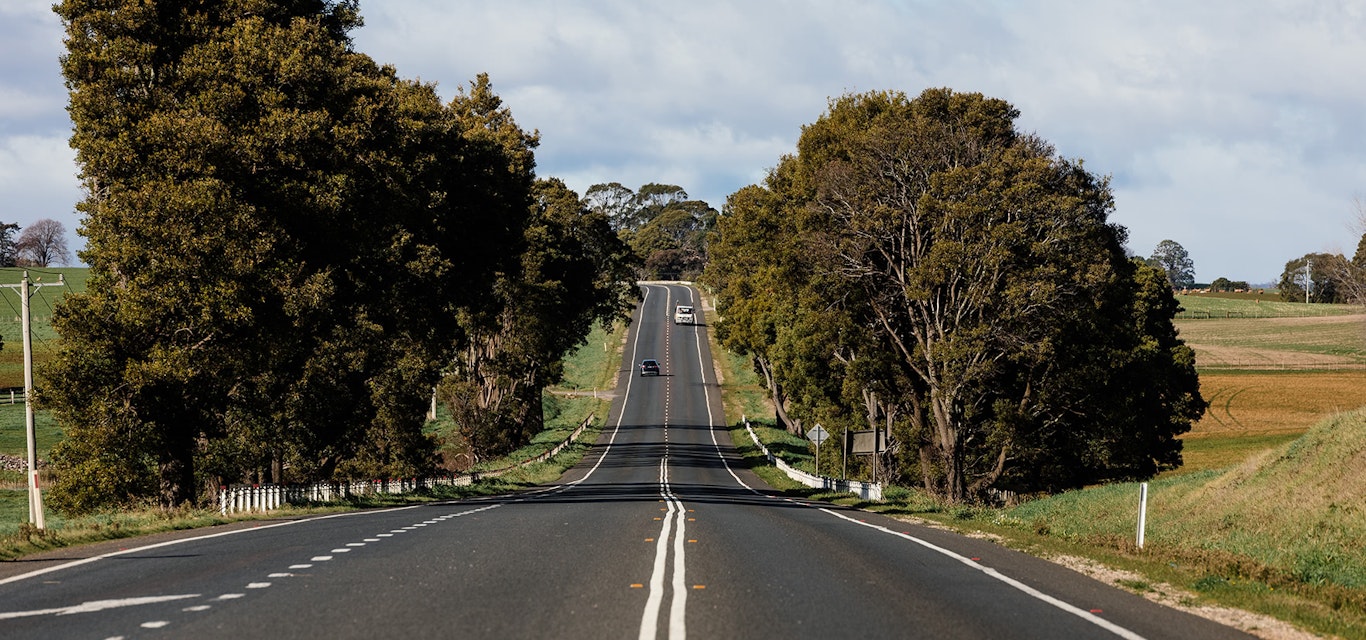Rethinking road safety
After a disastrous 10 years on our roads that saw Tasmania fail to meet its National Road Safety Strategy (NRSS) targets, we must do better.
The strategy for the past 10 years was aimed at reducing the annual number of fatalities and serious injuries by at least 30% over the 10-year period. On both measures the strategy was a failure in Tasmania.
In 2011, 24 people lost their lives on Tasmanian roads, while 272 were seriously injured. In 2020, 36 people died and 284 were seriously injured.
On average between 2011 and 2020, 32 people died and 269 were seriously injured on our roads each year. While there have been fluctuations in annual figures, the numbers have most certainly not decreased.
This year continues the trend, with four fatalities and 52 serious injuries on Tasmanian roads as of early March.
We’re building better, safer cars, yet the figures are getting worse.
We’re spending hundreds of millions of dollars on Tasmania’s roads, yet the figures are getting worse.
We’re giving our police more powers to tackle dangerous driving, yet the figures are getting worse.
Clearly, what we are doing at the moment is not working. We can’t continue with the same strategy and expect the results to improve.
We need to urgently rethink our road safety strategy.
The RACT is calling on the Government to ensure there is a genuine, open and consultative approach put in place to develop the road safety strategy for the next 10 years. We believe it’s time for the community to have a conversation about road safety and the part that each and every one of us needs to play.
We need to look closely at the way road safety is funded – not just road infrastructure and safer vehicles, but education to improve driver behaviour as well as the consideration of data and research.
It’s also vital that we consider global road safety success stories, as these learnings will help us implement national and international best practice in Tasmania. We need to think creatively, we shouldn’t settle for a second-best approach for our state.
The new strategy and action plan needs to be non-political, long-term, fully funded, data-and research-driven and be built on specific outcomes that benefit Tasmanians.
These documents will also need to be embraced by the community in order to influence a behaviour change on the road.
As part of our process, we’ve also engaged key stakeholders to help us work on achieving our common goal.
We simply cannot continue to implement the same road safety strategies and the same way of thinking as in previous years and expect to get better results in the future. We won’t stand for it and Tasmanians deserve better.
